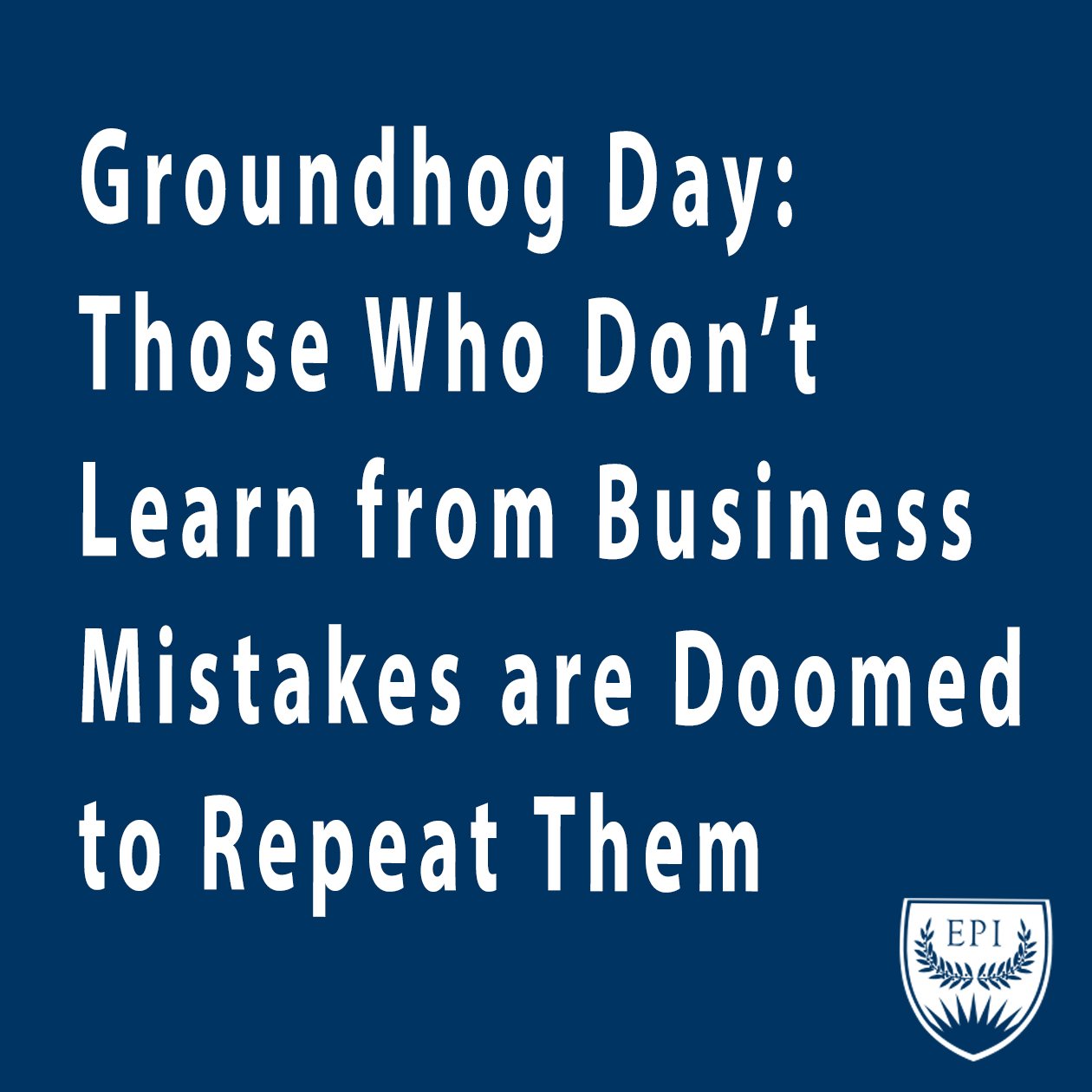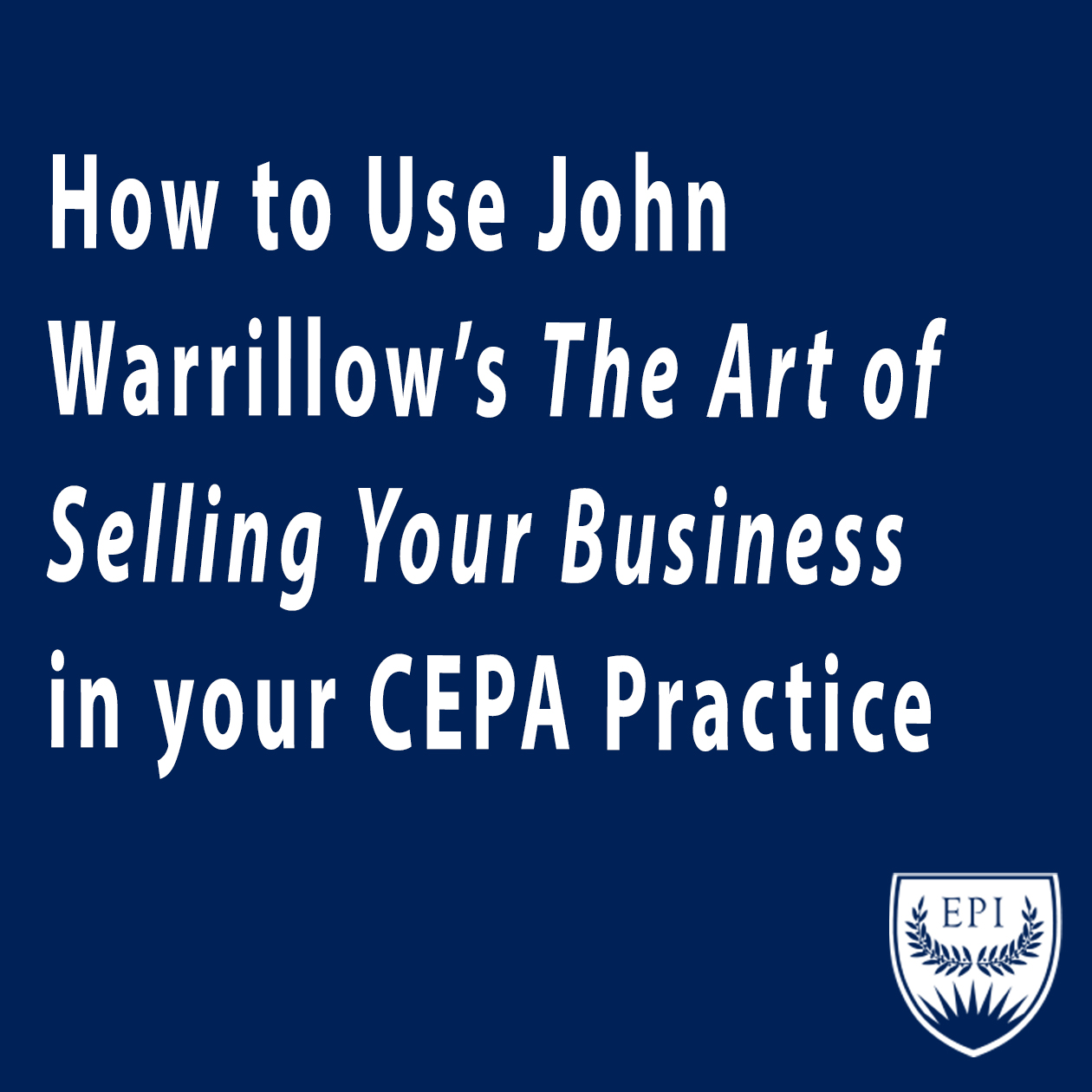
THE EXIT PLANNING BLOG
Keep up-to-date with exit planning, succession planning, industry trends, unique specialty insights, and useful content for professional advisors and business owners.
Share this
Home Alone: Don’t Forget About Your Business During The Hustle and Bustle of the Holiday Season
by Colleen Kowalski on December 5, 2023
-1.png)
It is officially Catherine O’Hara and Macaulay Culkin season. The sight of the first snowfall of December brings us to our yearly rewatch of Home Alone. The classic 1990 film about the McCallisters, a family with just truly terrible organizational skills. They forget their child at home in the attic while they scramble to the airport on the busiest travel day of the year for their Christmas vacation to Paris.
While Home Alone is a classic holiday film, it also provides three great lessons for business owners looking to exit their business.
A Headcount Isn’t Enough
The McCallister family has some of the worst planning of any fictional family we have seen. In the morning they are supposed to leave for the airport, their alarms stop working, they scramble into the airport vans, and assume every member of the family is in the van based on a simple, and incorrect headcount. In a shocking turn of events, it is almost like a simple headcount was not enough to accurately determine the whereabouts of several energetic small children and frantic adults. Who would have guessed? Kevin is still asleep in the attic when the family leaves in the airport vans, because no one thought to check on the literal child they banished to the attic before heading on their international trip.
Think of how easy it would have been to ensure everyone was in the van before leaving the McCallister house if only they had a written list of names to check off. Studies show that you are 42% more likely to follow through on a goal or task if you write it down. In business, when an owner has a detailed and written business plan and personal plan for their exit strategy, they see an increase in value in their business and a more well-rounded personal life.
In our most recent State of Owner Readiness Research in Minnesota, 94% of business owners shared they had some form of an exit plan in place but only 30% of business owner respondents indicated their plan was formally written and documented.
Among the respondents who had written plans, they highlighted eight crucial areas included in their plans. The top three most important areas considered by business owners in their written personal plans were written goals and objectives for their next phase of life, a formal personal readiness assessment, and an active and updated personal financial plan. Additionally, a written will and a written estate plan were also deemed important by these owner respondents.
By incorporating written plans into their exit strategy, business owners have a detailed path to follow toward value building and are better positioned for a significant exit they will be ready to complete.
“Buzz, Your Girlfriend, Woof”
Nowhere in all of cinema, has an insult cut as deep as Kevin McCallister calling his brother’s girlfriend a dog. A vicious one-liner that could only have come from the mouth of a small child. “Buzz, your girlfriend, woof” is pure poetry and represents something that many people think, but few say out loud: have you considered that the person or thing you love most is, in fact, ugly?
We see from many lower middle market and small business studies that almost 70% of companies put on the market today do not sell. Why do you think that is? You may be thinking, “My business would sell if I put it on the market today, I would be one of the successful 30% of owners who are able to sell their business for a profit.” Maybe you are right, but if statistics show us anything, you are likely not prepared to sell your business in its current state.
Most business owners see the revenue their businesses earn and assume that will transfer to high profits during a business sale. However, just because your business makes money, it does not make it valuable to a buyer. In fact, if the only thing you focus your energy on as an owner is revenue, your business is likely not valuable at all. Scott Snider, Exit Planning Institute President, says, “Business owners don’t understand what drives value and therefore have an unrealistic opinion of it. And I think that is natural.”
For your business to be truly valuable to a potential buyer, you need to have realistic expectations of value. Utilize the Business Attractiveness and Exit Readiness Indexes to determine how attractive your business will be to buyers.
Protect the House
One of the most memorable parts of Home Alone is of course Kevin’s epic showdown with the Wet Bandits as they try to rob his house. Even though Kevin is a child, he is able to guard his home from the criminals and outsmart them at every turn. By making simple adjustments and rudimentary traps for the Bandits to stumble upon, Kevin was able to protect his home and the value of the items inside.
Kevin is acting like a business owner in this situation, and his home is his business. Business owners make incremental changes in their businesses to protect and build value in their businesses. Owning a business comes with more than its fair share of risks. To increase value and minimize risks in your business, you should follow the Five Stages of Value Maturity as detailed in Christopher Snider’s book, Walking to Destiny.
The Five Stages of Value Maturity is one of the core concepts of the Value Acceleration Methodology. In its simplest form, it shows the five stages a business owner must take to successfully grow and harvest the value in their company so they can manage it for a lifetime. Following these five stages will allow a business owner to embrace and integrate the Value Acceleration Methodology into their company. Thus, taking their company from annual year-over-year success to a significant company that is attractive and ready to be sold.
Are you interested in learning more about the Five Stages of Value Maturity? Request our whitepaper “Understanding Your Business Value: Utilizing the Five Stages of Value Maturity to Ready Businesses (and Business Owners) for an Exit.”
Share this
- Blog (544)
- CEPA (419)
- exit planning (249)
- CEPA community (187)
- Business Owner (169)
- Exit Planning Summit (95)
- EPI Chapter Network (89)
- Value Acceleration Methodology (79)
- Exit Planning Partner Network (76)
- EPI Announcement (49)
- Content (48)
- Webinars (37)
- Excellence in Exit Planning Awards (33)
- Marketing (30)
- 2024 Exit Planning Summit (28)
- 5 Stages of Value Maturity (26)
- Books (24)
- EPI Academy (24)
- EPI Team (22)
- Exit Planning Teams (22)
- Leadership (21)
- 2023 Exit Planning Summit (20)
- family business (20)
- women in business (19)
- Intangible Capital (18)
- Exit Options (17)
- Black Friday (16)
- CPA (15)
- Walking to Destiny (15)
- State of Owner Readiness (14)
- Chapters (13)
- Chris Snider (12)
- National Accounts (12)
- Small business (12)
- charitable intent (12)
- personal planning (12)
- Financial Advisors (11)
- Season of Deals (9)
- 5 Ds (8)
- About us (8)
- Podcast (8)
- Insiders Bash (7)
- Scott Snider (7)
- Christmas (6)
- Exit Planning Content Library (6)
- Case Studies (5)
- Owner Roundtables (5)
- Value Advisors (5)
- financial planning (5)
- Awards (4)
- Circle of Excellence (4)
- Exit & Succession (4)
- Five Ds (4)
- Three Legs of the Stool (4)
- executive training (4)
- Owners Forum (3)
- author (3)
- forbes (3)
- DriveValue (2)
- EPI Thought Leadership Council (2)
- Exit Is Now Podcast (2)
- Peter Christman (2)
- Veteran (2)
- Whitepapers (2)
- Business Owners Forum (1)
- SOOR (1)
- business consultants (1)
Subscribe by email
RELATED ARTICLES






